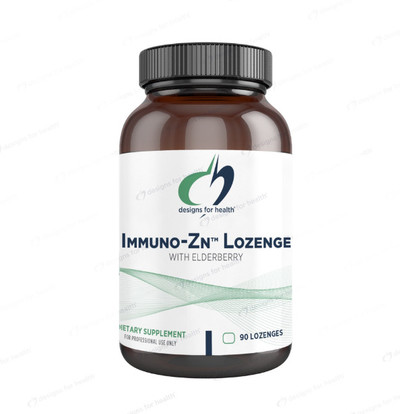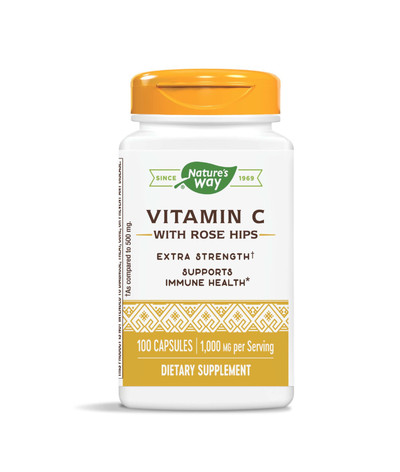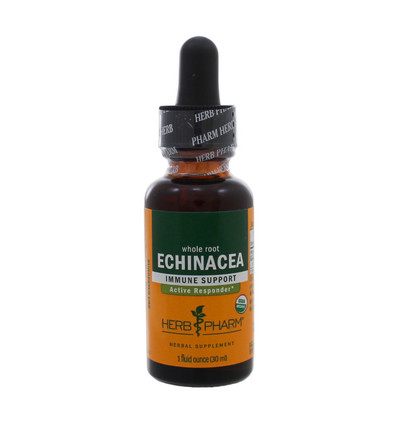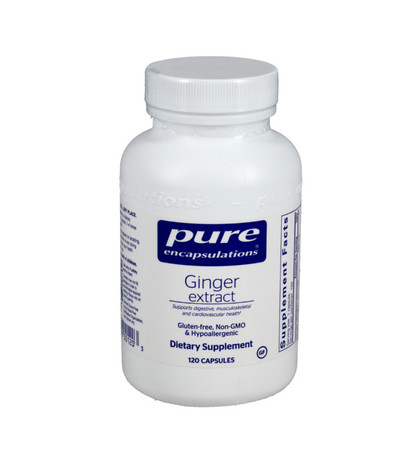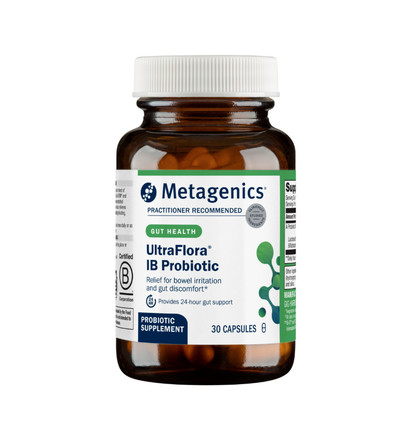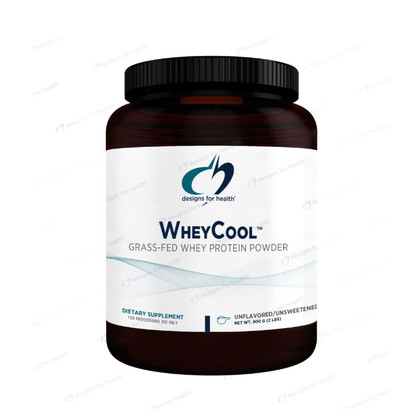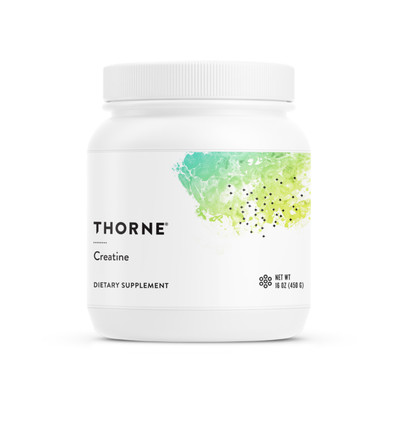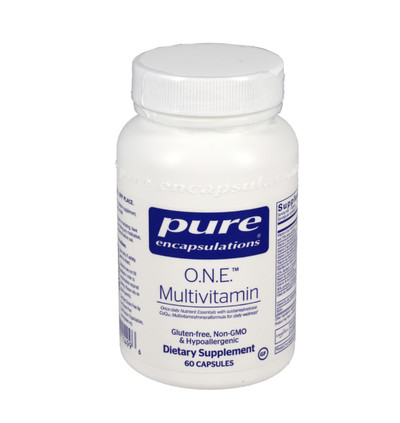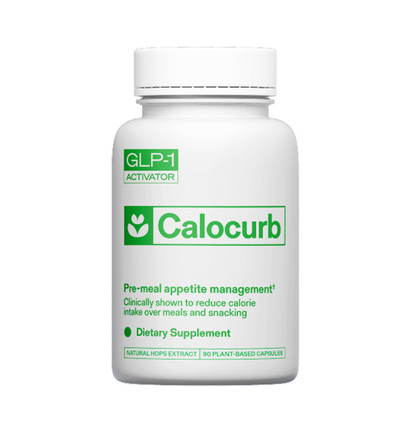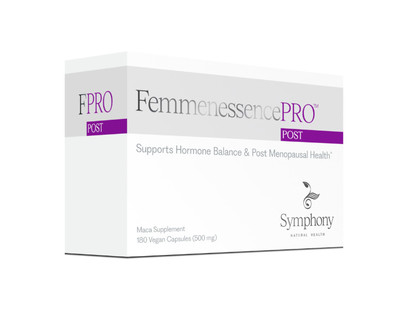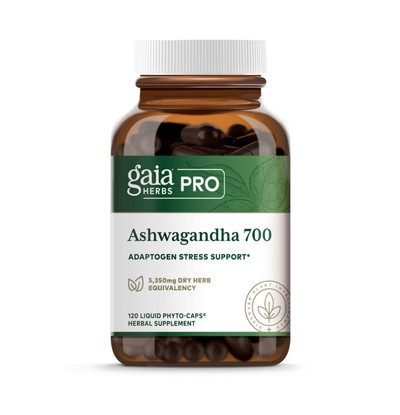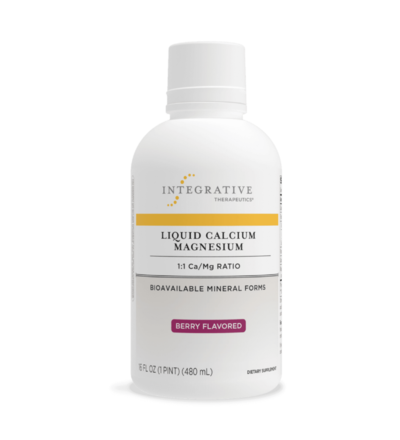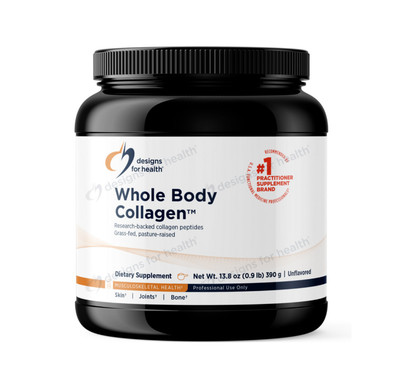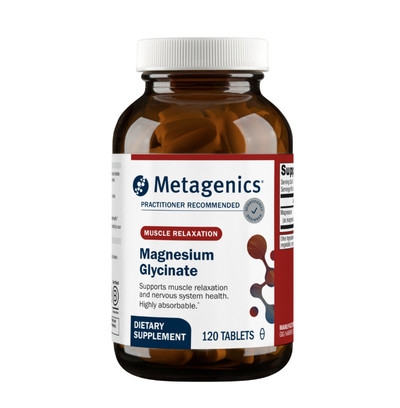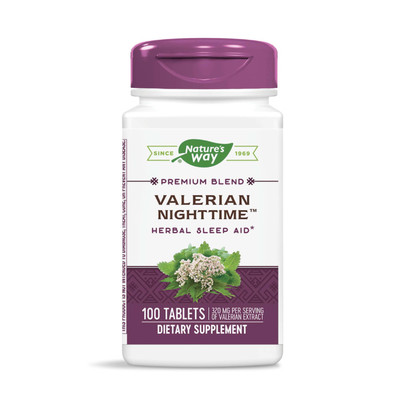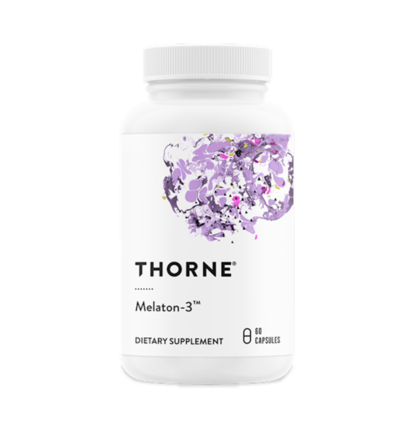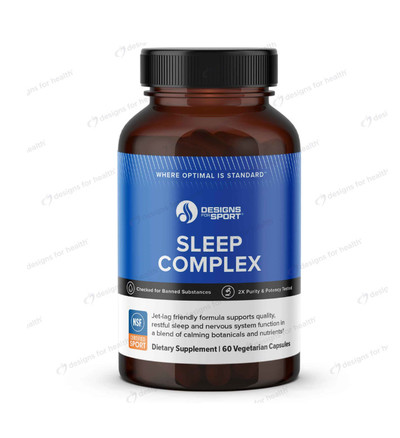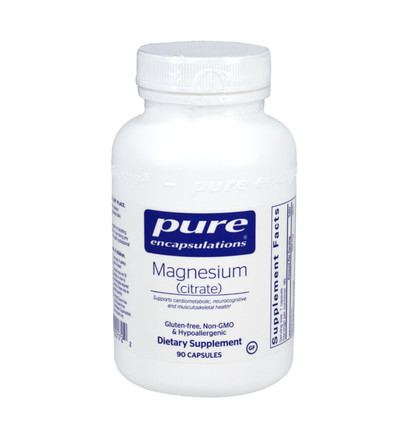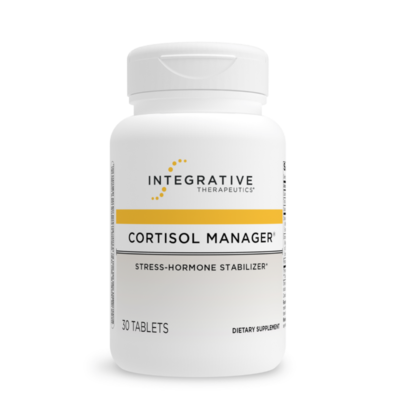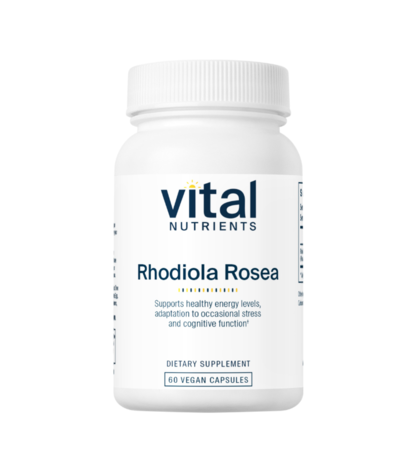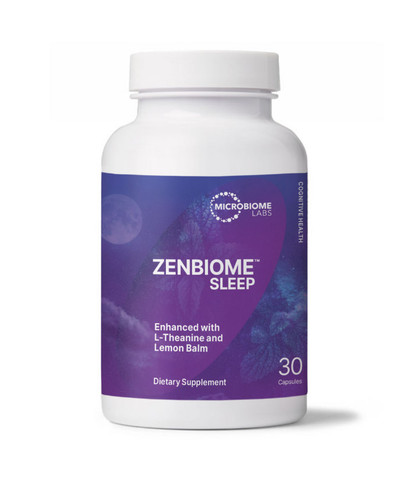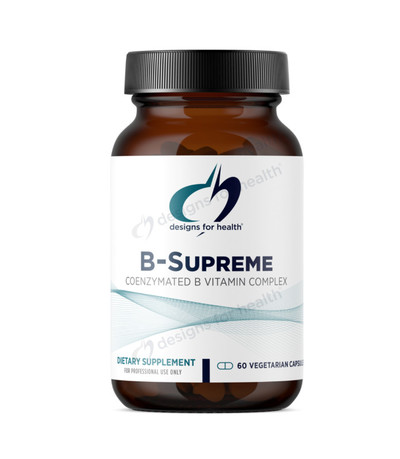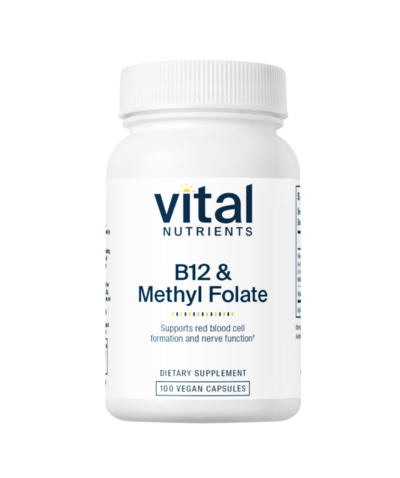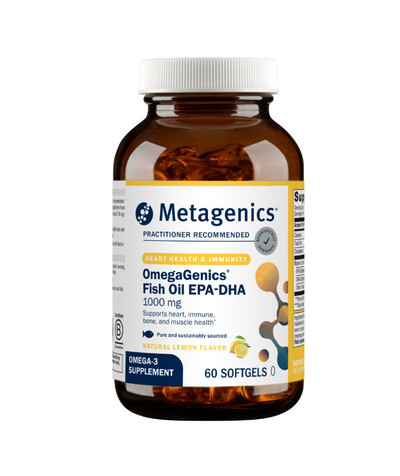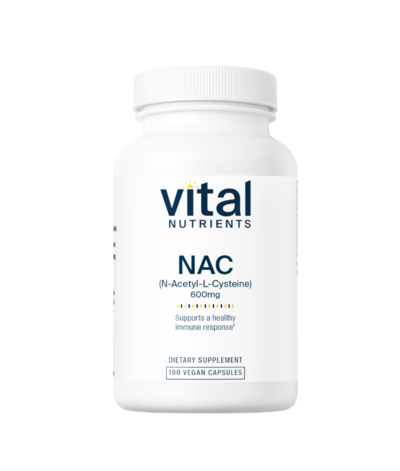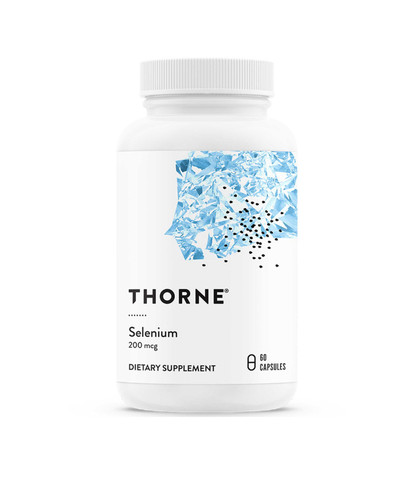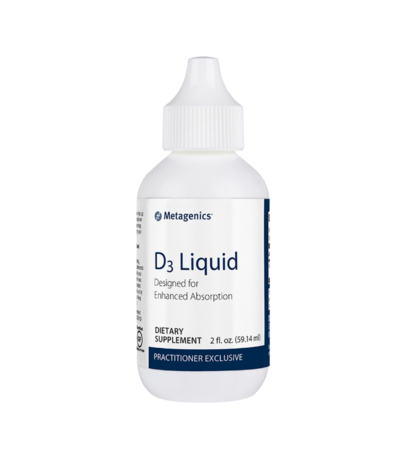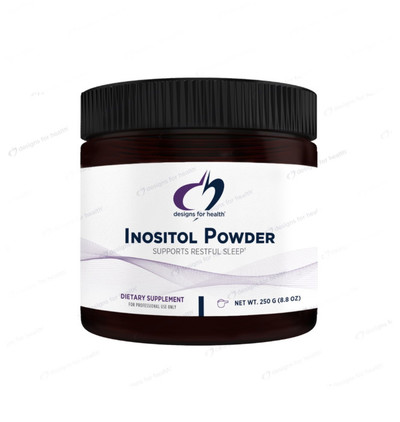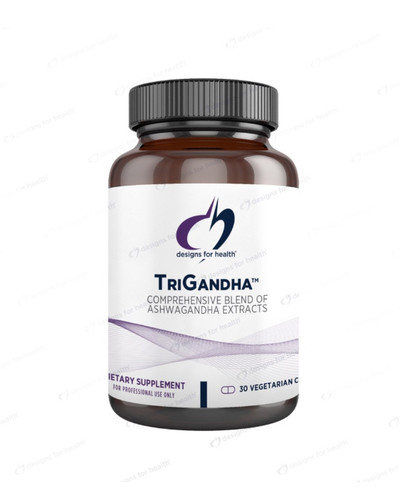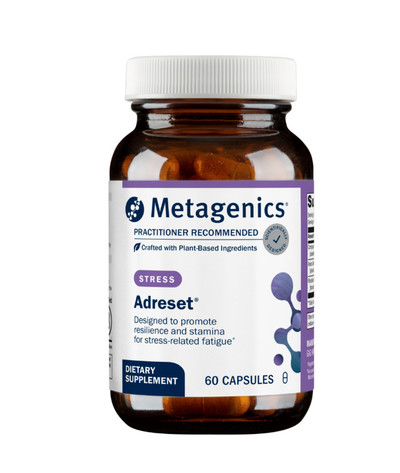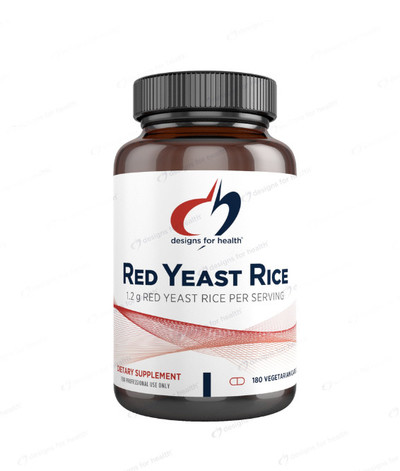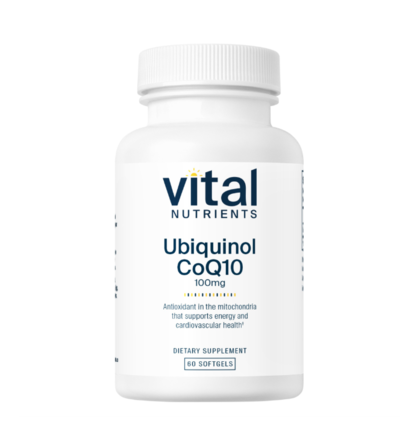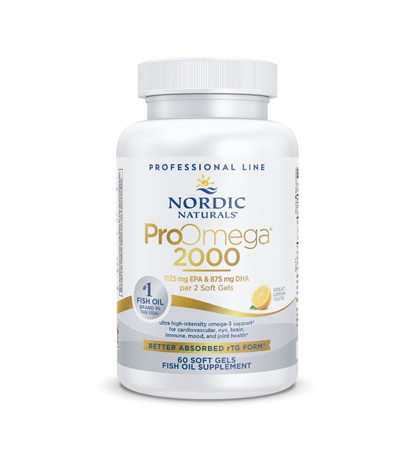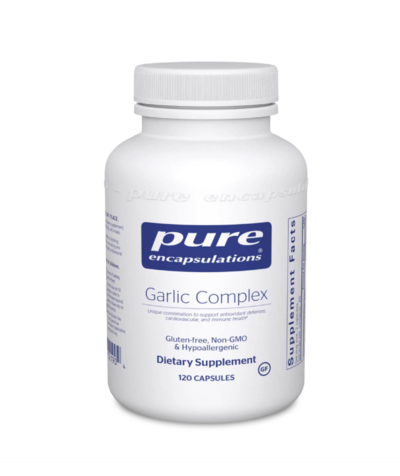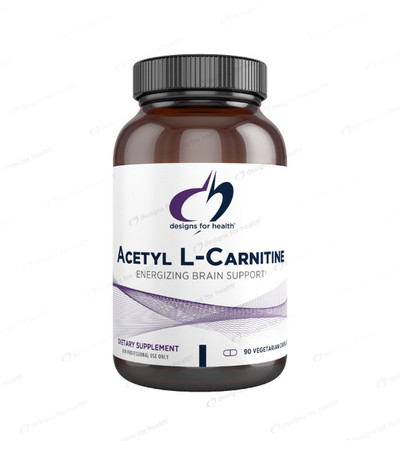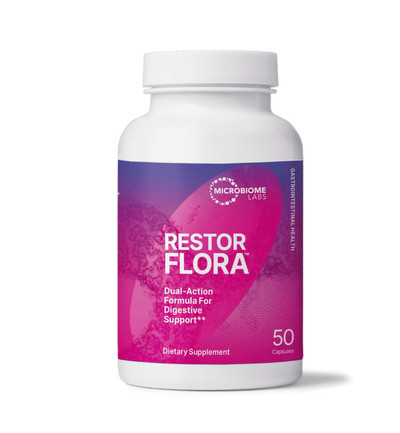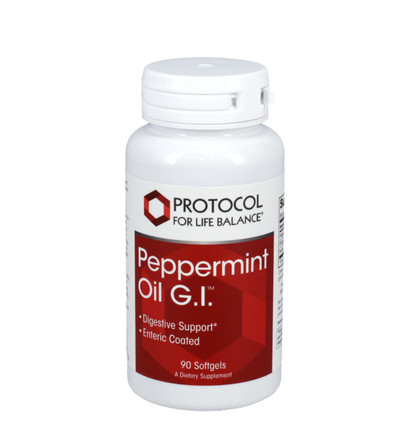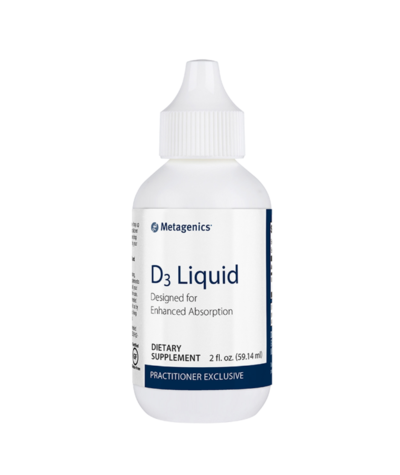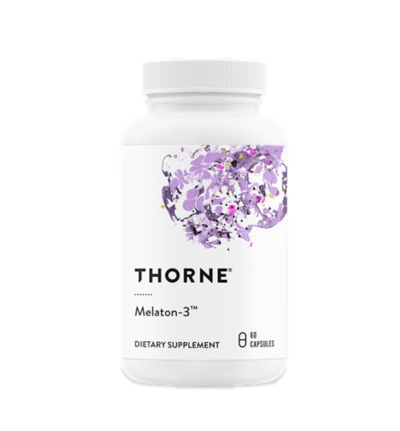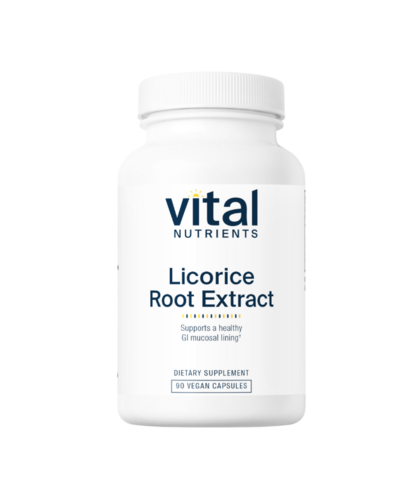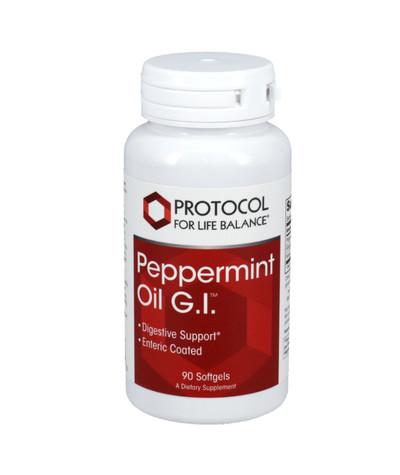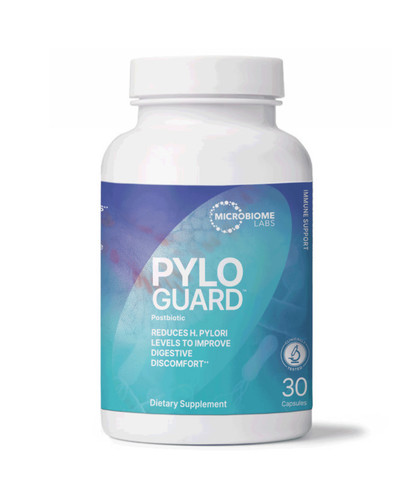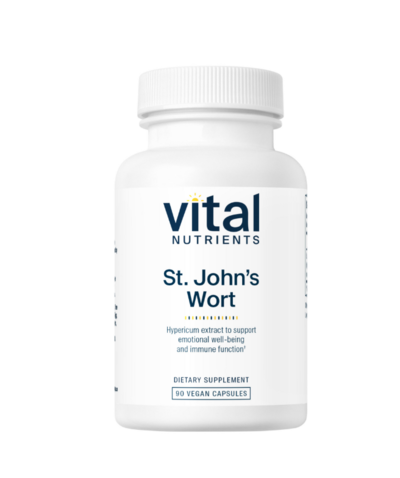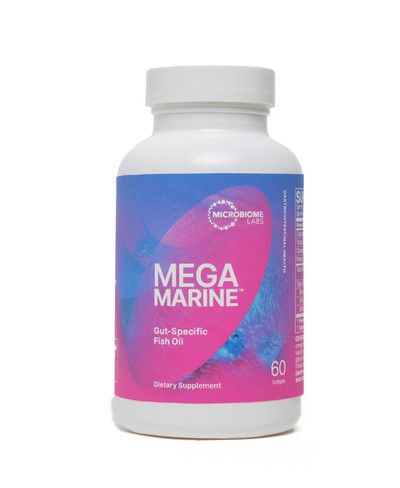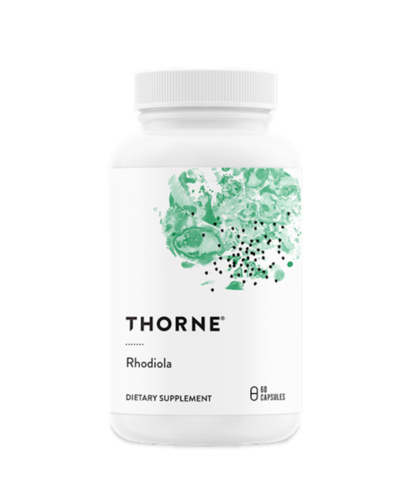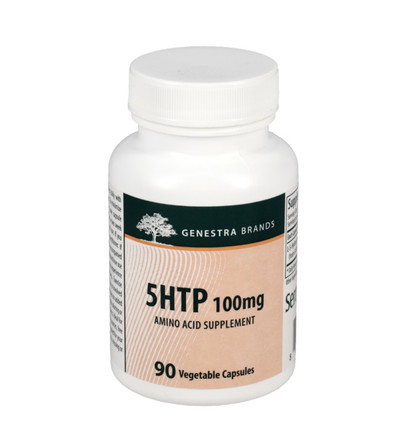FMC FullScript Medical-Grade Dispensary
Not All SUPPLEMENTS Are SAFE—Here’s How We Protect Your Health (and your wallet)!
Buying supplements online can be risky, with dangers like mold, heavy metals, and contamination lurking in low-quality or counterfeit products. At Forage Medicine Clinic, we exclusively partner with Fullscript, a trusted platform that ensures the highest safety and quality standards for every product.
Why Fullscript?
• Rigorous Testing: Fullscript conducts ongoing testing for purity, potency, and contaminants like heavy metals and pesticides.
• Trusted Brands Only: All supplements meet FDA cGMP standards and undergo third-party certifications for added assurance.
• Safe Storage & Delivery: Supplements are stored in NSF-certified facilities to guarantee quality from warehouse to doorstep.
Cold and Flu Immune Support
What is the immune system?
The immune system is the body’s primary defense mechanism against potentially harmful
invaders, such as pathogens, antigens, and immunogens. The immune system is made up of
various cells, tissues, and substances, including the skin, red and white blood cells, microbiota,
antibodies, and cytokines (cell-signaling molecules).
Comprehensive Menopause Support
This comprehensive protocol embraces a whole-person approach to menopause, addressing a range of symptoms beyond the typical hot flashes. The protocol features targeted ingredients to support various aspects of menopausal health: Amarasate® for weight management, and Maca-GO® for hormonal balance, libido, and hot flashes. Additionally, collagen is included for joint and muscle health, while calcium and vitamin D support bone health. Magnesium aids in sleep, stress reduction, and musculoskeletal well-being. Ashwagandha is included for its benefits in reducing stress, enhancing cognitive function, and balancing hormones. This holistic approach ensures that common but often overlooked symptoms are effectively managed.
Sleep Support
Sleep is essential for good health, yet it is reported that up to 30% of people experience difficulties with falling or staying asleep. (24) One study found the number of people suffering from various sleep disorders has also been on the rise. From the year 2013 to 2016, increases were seen in the prevalence of narcolepsy by 14%, idiopathic hypersomnia by 32%, periodic limb movement disorder by 30%, and rapid eye movement sleep behavior disorder by 64%. (2)
Sleep disorders can occur as a secondary disease from other disorders or they can be considered the primary disease affecting a patient. A meta-analysis found that patients with anxiety, eating disorders, pervasive developmental, borderline, and antisocial disorders, and schizophrenia all experienced some sort of alteration to sleep. None of the conditions studied had similar polysomnographic profiles, suggesting each condition may have different underlying mechanisms. (6)
Depending on the factors associated with disturbed sleep, a variety of therapies may be used. Interventions such as sedatives or anxiolytic pharmaceuticals are available; however, the American Academy of Sleep Medicine endorses the use of melatonin, light therapy, and behavioral interventions as the primary treatments. (4)
Stress and Adrenal Support
Stress impacts adrenal function and may cause fatigue, cognitive impairment, anxiety, and depression. Burnout syndrome is a result of stress and has been receiving more attention as its impact in the medical field has been increasing. In a systematic review of 182 studies, the total estimated rate of burnout among physicians was as high 67.0%. (16) While physicians consistently have higher rates of burnout and stress than the general population, the prevalence of stress in the general population has been increasing as well. In 2020, stress prevalence in response to the global pandemic was cited at 29.6% according to a systematic review and meta-analysis of five studies. (17)
Consistent or prolonged stress to the point of burnout negatively contributes to overall health. Risk of chronic fatigue, cardiovascular disease, and mortality all increase with chronic stress. (12) Stigma around seeking help may prevent some people from reaching out at earlier stages. When surveyed, medical residents most commonly were concerned about negative consequences with their career if they took a medical leave. (5) Actively looking for signs of stress, alleviating them, and preventing further adrenal damage are essential to assisting patients through hard times. Supporting adrenal gland function or modulating stress response through other physiological mechanisms is an important aspect of integrative care for this patient population.
The ingredients presented in the protocol below reflect research findings demonstrating the efficacy of herbs and supplements that might be used to support adrenal function and alleviate stress.
Elevated Homocysteine
Homocysteine is a non-essential amino acid and metabolite of methionine, an essential amino acid obtained in the diet. (20) Homocysteine is involved in vitamin B-dependent methylation cycles that generate and breakdown the universal methyl-group donor, S-adenosyl-methionine (SAMe). Disruptions in this cycle, whether caused by reduced enzymatic expression or activity of various methylation cycle proteins including methylenetetrahydrofolate reductase (MTHFR), pyridoxal-5’-phosphate (P5P), or cystathionine B-synthase (CBS), may theoretically lead to elevated levels of homocysteine. (28)
Normal homocysteine levels can range from 5-15 μmol/L, while hyperhomocysteinemia occurs when homocysteine levels are elevated beyond 15 μmol/L. (35) Hyperhomocysteinemia can be further classified as mild (16-30 μmol/L), intermediate (31-100 μmol/L), or severe (>100 μmol/L). (20)
Thyroid Support
Suboptimal or underactive thyroid function can lead to a condition known as hypothyroidism, which affects approximately 4.6% of people in the US (age 12 and older). (4) Hashimoto’s thyroiditis is the most common cause of an underactive thyroid in developed countries, while iodine deficiency is the most common cause worldwide. (10) Other causes might include goiter, genetic disorders, or radiation treatment/exposure.
Conventional treatment tends to focus on replacing the low levels of thyroid hormones with pharmaceutical sources such as levothyroxine. Supporting thyroid function can be achieved through other methods as well. Based on current research findings, the ingredients in the protocol below have demonstrated efficacy in improving a variety of factors associated with an underactive or suppressed thyroid.
Cholesterol
High cholesterol is one of the key markers when evaluating risk of cardiovascular disease, stroke, and related problems. According to the National Health and Nutrition Examination Survey (NHANES), in 2015-2016, 12.5% of adults had high total cholesterol, with men having a higher rate of prevalence. In conjunction, 18% of adults had low high-density lipoprotein (HDL) cholesterol. (14)
Achieving a healthy cholesterol serum level has a valuable impact on decreasing risk for these events, and every bit helps. A decrease of 1 mmol/L in total cholesterol correlates with lower ischemic heart disease mortality. (15) Problems with blood pressure amplify the risks found with dyslipidemia, and were found to proportionally impact risk reduction when lowering cholesterol. (15)
Based on current research findings presented below, the ingredients in this protocol have demonstrated efficacy in improving cholesterol profile and potentially cardiovascular outcomes.
Small Intestinal Bacterial Overgrowth (SIBO)
Small intestinal bacterial overgrowth (SIBO) occurs when there is an excessive amount of bacteria in the small intestine. In addition to the absolute number, the type of bacteria present in the small intestine can also impact the signs and symptoms a person may experience. (Dukowicz 2007) SIBO typically presents with digestive symptoms such as bloating, diarrhea, and abdominal pain. However, it may also manifest as skin conditions such as systemic sclerosis, psoriasis, and rosacea (Parodi 2008). Risk factors for SIBO include hypochlorhydria, motility disorders, irritable bowel syndrome, and medications such as proton pump inhibitors and histamine 2-receptor blockers. (Bures 2010)
While the gold standard of diagnosis is intestinal aspiration, breath tests using glucose or lactulose may also be used to test for hydrogen-dominant SIBO (H-SIBO) or methane-dominant SIBO (M-SIBO), with widely varying sensitivities and specificities. (Ghoshal 2017) Standard of care treatment for SIBO is antibiotics, though recurrence rates tend to be high; one study noted a 43.7% recurrence rate at 9 months post-antibiotic treatment. (Lauritano 2008)
SIBO is often found to be present with other comorbidities as well. For example, approximately one in four individuals with irritable bowel syndrome are commonly found to have SIBO as well. (Gandhi 2021)(Ghoshal 2020) And in those with functional dyspepsia (FD), a 2021 systematic review (SR) and meta-analysis (MA) found an increased risk of SIBO by 4.3x. (Gurusamy 2021) Of note, H. pylori is often present in FD, and its eradication may benefit FD. (Wang 2021)
There is a variety of therapeutics that may benefit either SIBO directly, related symptoms, or its frequent comorbidities. Certain probiotic strains may improve the efficacy of antibiotics and may have efficacy on their own. (Garcia-Collinot 2020) Herbal antimicrobials, such as cinnamon and others, were found in one study to be as effective as pharmaceutical antibiotics for SIBO eradication. (Chedid 2014) Finally, vitamin D tends to have beneficial effects on gastrointestinal flora. (Bashir 2016)
Based on current research findings, the ingredients in the protocol below have been associated with improved health outcomes in patients experiencing SIBO.
Reflux Support
Gastroesophageal reflux disease (GERD), marked by symptoms of heartburn and effortless regurgitation, is one of the most common gastrointestinal concerns globally, (Savarino 2018) with an estimated prevalence in North America between 18 to 28%. (Sandhu 2018) Left unmanaged, GERD can lead to the histological changes found in Barrett’s esophagus, which may lead to esophageal adenocarcinoma. (Sharp 2013) Common causes of GERD include dysbiosis, reduced gastrointestinal (GI) transit time, and various dietary triggers (e.g., alcohol, tomato products, spicy foods, and high-fat foods), which may impact lower esophageal sphincter (LES) tone, leading to upward displacement of stomach contents and causing the hallmark symptoms of epigastric pain and effortless regurgitation. (Ahuja 2019)(Waller 2011)
There are a variety of therapeutics that may benefit symptoms of GERD. For example, melatonin is produced in the local tissues of the esophagus and stomach and may positively influence the protective mucous lining that may protect against GERD. (Majka 2018) Licorice derivatives may help to form a mechanical barrier against reflux. (Young 1986) Peppermint has mixed results on smooth muscle tone in the esophagus and stomach but may ultimately reduce symptoms of GERD. (Khalaf 2019)(Pimentel 2001)(Setright 2017) Various B vitamins may both reduce esophageal irritation and the negative progression of GERD. (Sharp 2013) Finally, certain probiotic strains may help reduce symptoms of GERD by improving gastrointestinal transit time. (Waller 2011)
Based on current research findings, the ingredients in the protocol below have been associated with improved health outcomes in patients experiencing gastroesophageal reflux disorder.
Mood Support
Fluctuations in mood are common and normal; however, prolonged disruptive patterns in mood can present themselves at various times in life. One of the most common mood conditions is that of depression or depressive symptoms, with an overall pooled prevalence cited at 27%. (28)
Specific populations may be more susceptible to these symptoms. Factors such as gender and age play a role in risk factors associated with depressed moods. (23) Depressed moods may be present in conjunction with other cognitive dysfunction such as anxiety, memory problems, and sleep disorders.
Depending on the individual patient’s needs, there are a variety of options to address their symptoms. Pharmaceutical interventions such as antidepressants are typically used to address prolonged periods of low mood or diagnosed depression. Supplements such as the herb St. John’s Wort (Hypericum perforatum) and 5-HTP have shown potential promising effects on mood symptoms. (11)(19) Omega-3 fatty acids are another option that might also have benefits on memory and sleep symptoms. (10) Moderating stress with an adaptogen such as Rhodiola can also play a role in assisting with mood function. (1)
The ingredients presented in the protocol below reflect research findings demonstrating the efficacy of herbs and supplements that might be used to support mood and associated symptoms.
